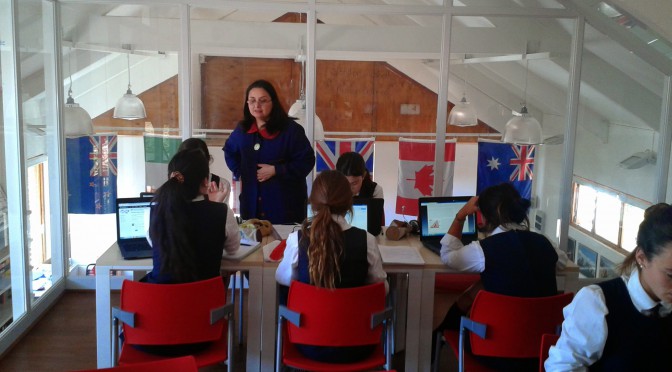Life on our planet has a long and fascinating history… today your job is to investigate some important moments or stages in that history and put them in order.
1. In what order did vertebrates appear on Earth?
http://animals.about.com/od/evolution/a/vertebrateevolu.htm
http://vertebrates.voices.wooster.edu/
2. What is the significance of the archaeopteryx?
http://www.ucmp.berkeley.edu/diapsids/birds/archaeopteryx.html
http://www.livescience.com/24745-archaeopteryx.html
3. What relationship exists between the apparition of plants and animals?
http://science.psu.edu/news-and-events/2001-news/Hedges8-2001.htm
4. When did humans appear?
http://www.nytimes.com/2002/02/26/science/when-humans-became-human.html
http://anthro.palomar.edu/homo2/mod_homo_4.htm
5. Relate the era of the dinosaurs with the emergence of humans:
http://scienceline.ucsb.edu/getkey.php?key=2152
http://www.icr.org/men-dinosaurs/


